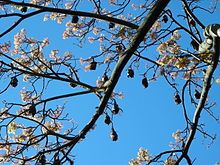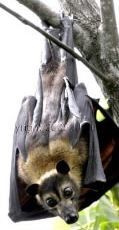Gold! Who'd have thought it?
Gold?
Cairns was settled in 1876 as the
hopefuls headed inland to the Hodgkinson River an the last days of the Australian Gold Rush. The fever died out, but
Cairns remained, slowly becoming the biggest town in the area, and the centre of
a huge sugar cane growing industry. Have a look at the Map of Cairns and the Map of the Great Barrier Reef to get your
bearings.
Then along came tourism, the
creation of the Great Barrier Reef Marine Park in 1975 and the opening of the
International Airport in 1984, all of which have made Cairns a gateway to the
Great Barrier Reef.
 |
| Cairns |
Cairns City is about 2,700 Kms
(1,670 mi) north of Sydney by road, and
1,700 Kms (1,050 mi) north of Brisbane, so
if you are thinking of driving it, leave more than a couple of days just to get
there. On your first trip to Australia, you will probably arrive into Cairns by
air. As you land, it's water to the east - bright blue on sunny days, and steel
gray when its overcast - and a heavy green vegetation climbing the hills to the
west, rising to an escarpment of higher land inland. This is the tropics, and it
rains a lot, even though it is usually warm.
 |
| Cairns Esplanade Pier |
The airport is north of the main
Downtown area and the Marina, near the Northern Beaches. More on the Northern
Beaches in another post, but check out Trinity Beach, Yorkey's Knob, Kewarra
Beach, Clifton Beach and Palm Cove for your hotels and accommodation in Cairns area. This gets you out of town and close to
the water on a really nice beach.
 |
| Palm Cove Beach |
While Cairns downtown has the
Pullman Reef Hotel Casino, restaurants,
cafes, buzz and lots of people, it does not have a really good beach. It
actually does not have a beach at all. During WW2, the Army Corps of Engineers
dredged the Trinity River entrance to allow barges with supplies into the port,
and messed up the tidal flow of the area. The beach turned into mud flats.
Great for wading birds, and birdwatching, but not good for swimming. There has
been an attempt to turn the esplanade back into a beach by dumping a lot of sand
there, but it has not been more than cosmetically successful. If you want to
walk a beach with the Coral Sea lapping at your feet, do it on the Northern
Beaches.
Downtown, however, is where the
Marina is located, and it is from here that we will leave on our expedition to
snorkel and dive the Great Barrier Reef in
my next post. Stay tuned.










